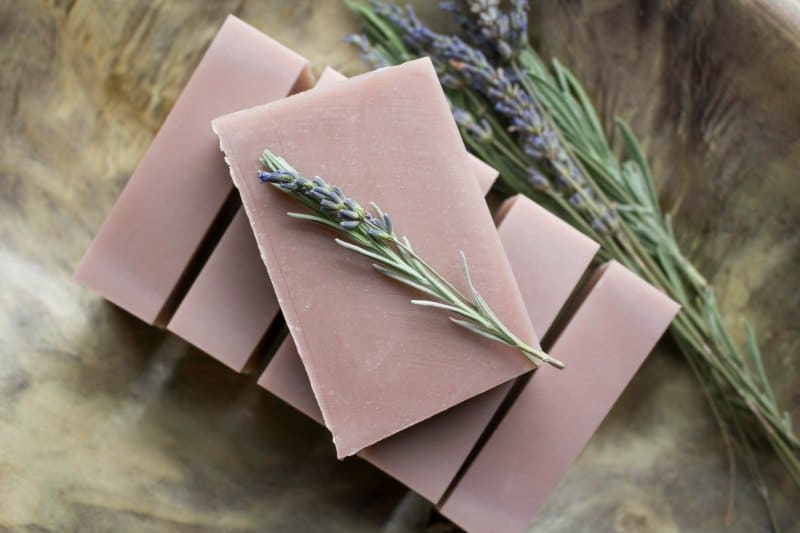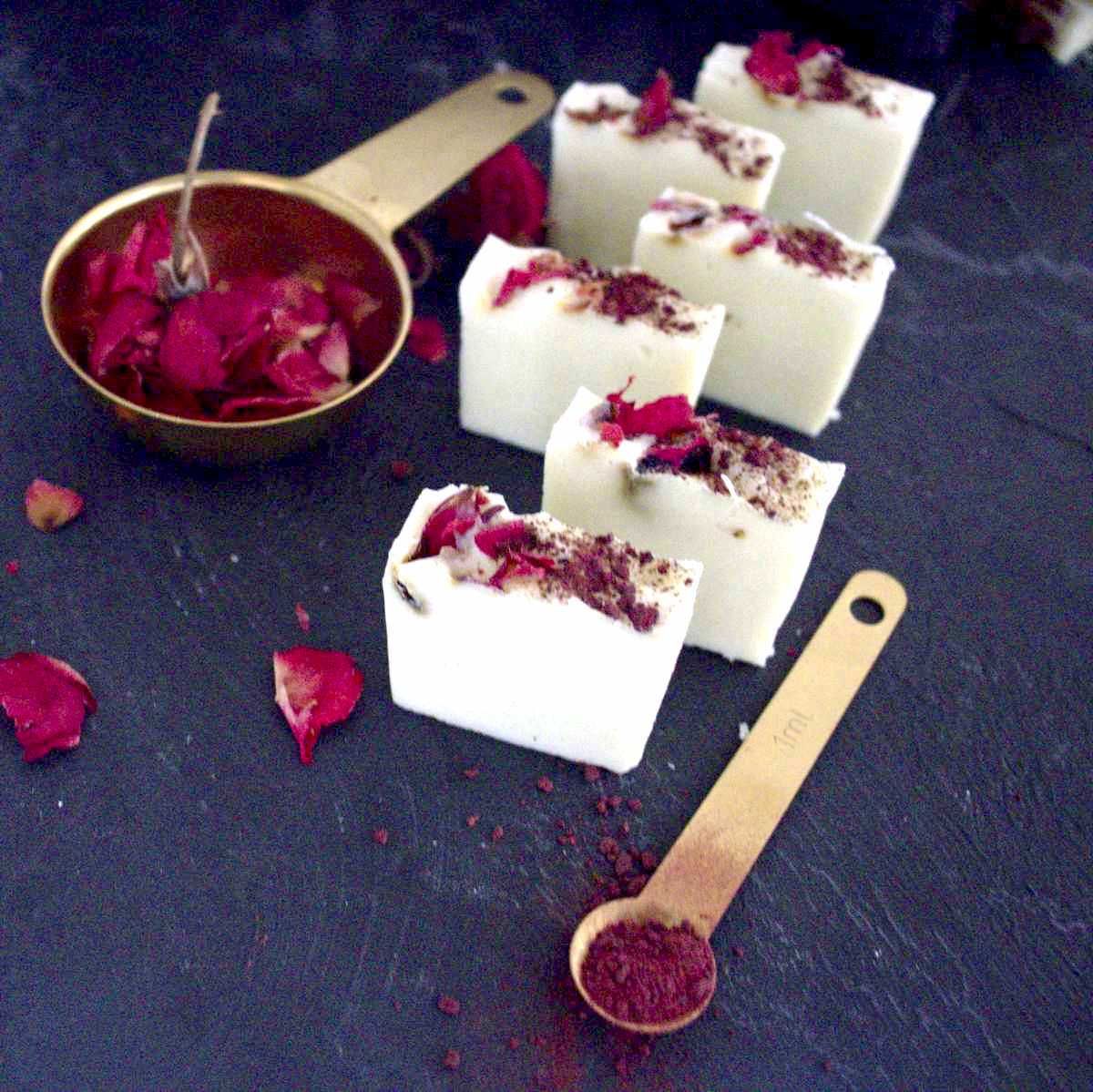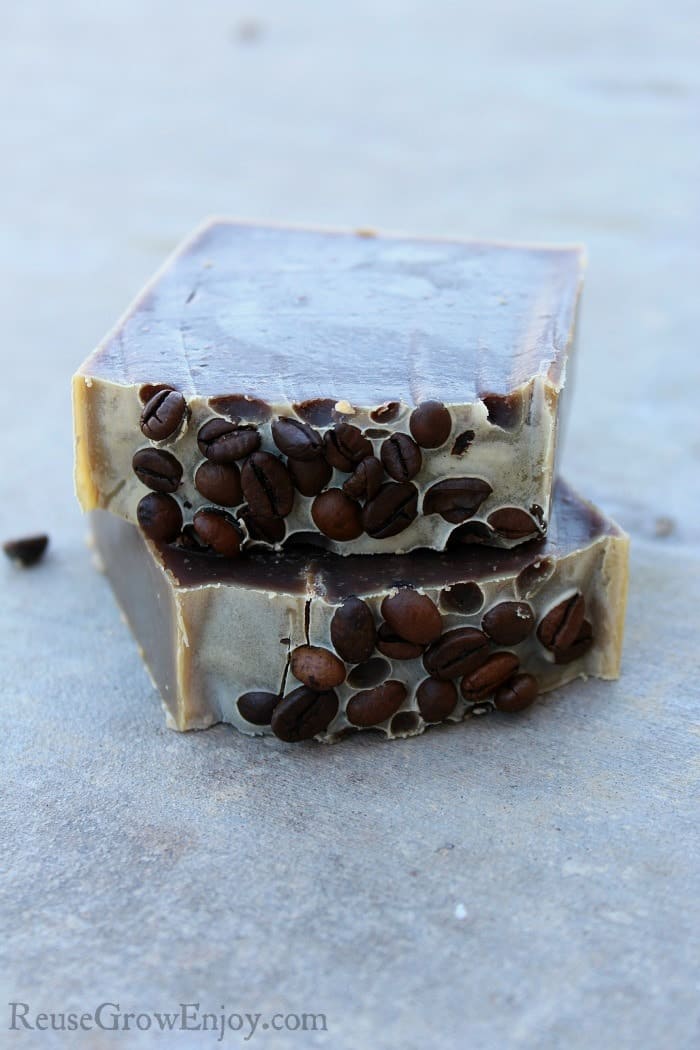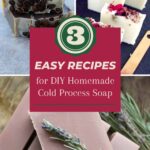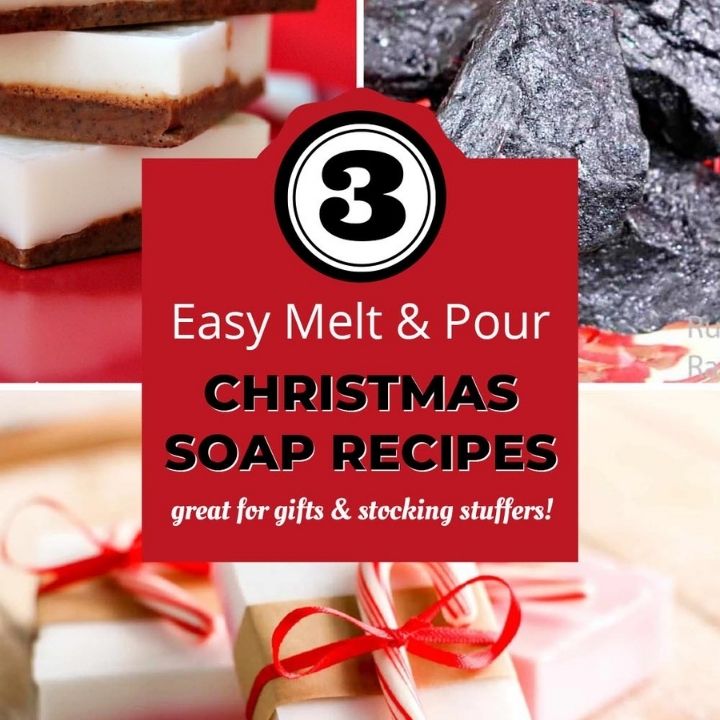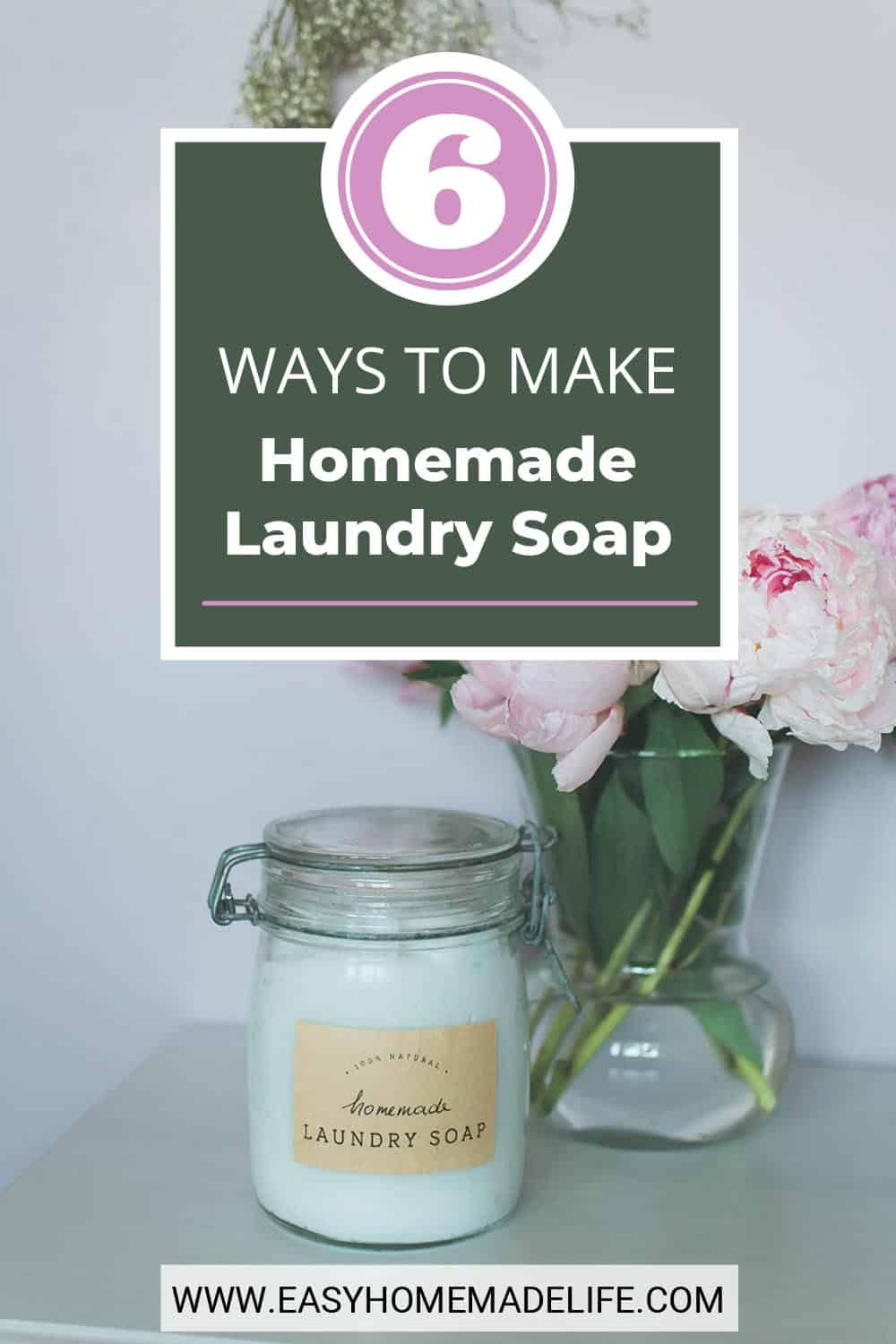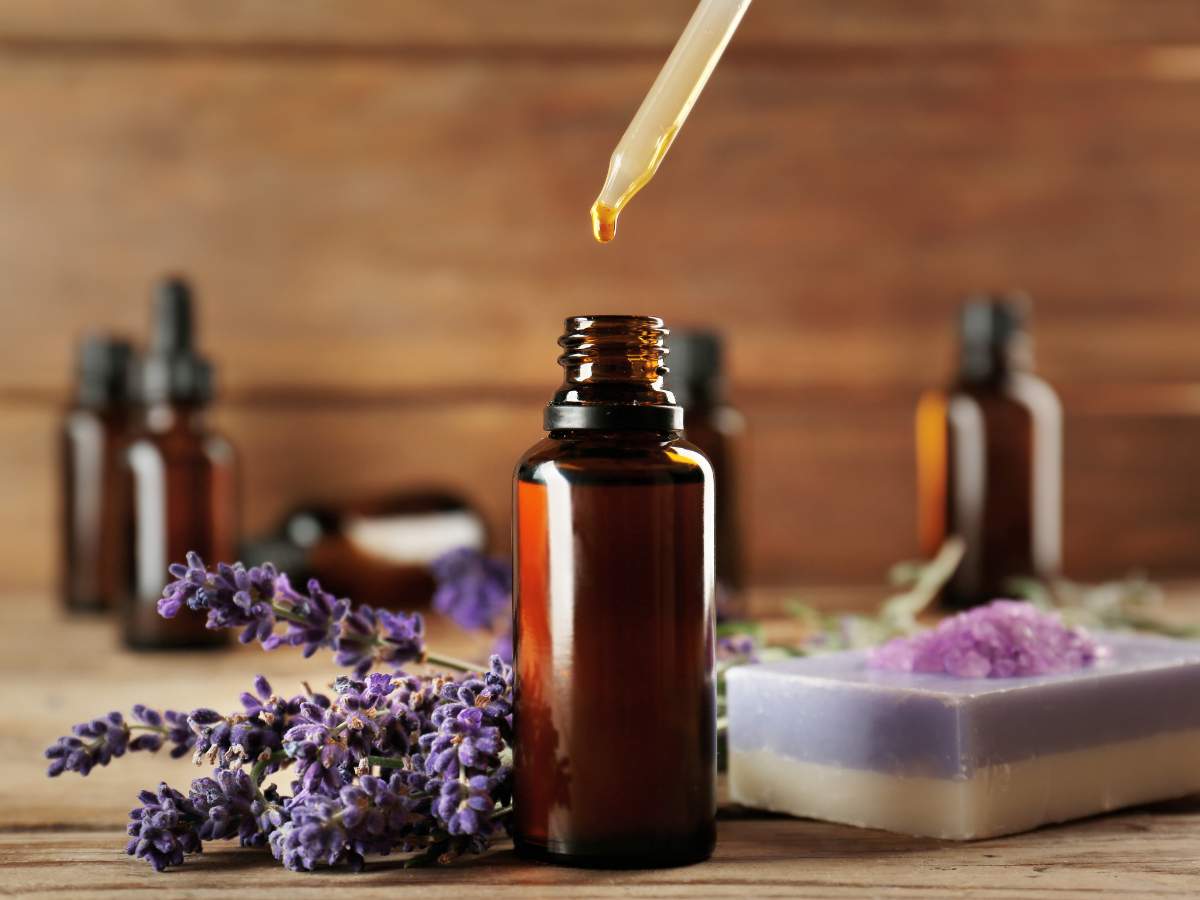3 Easy DIY Cold Process Soap Recipes
As a participant in the Amazon Services LLC Associates Program and other affiliate programs, Easy Homemade Life may collect a share of sales or other compensation from the links on this page. This comes at no additional cost to you, and all the prices and availability are accurate at the time of publishing.
Make your own easy DIY cold process soap recipes and save money while treating yourself with beautiful, non-toxic homemade body soap!
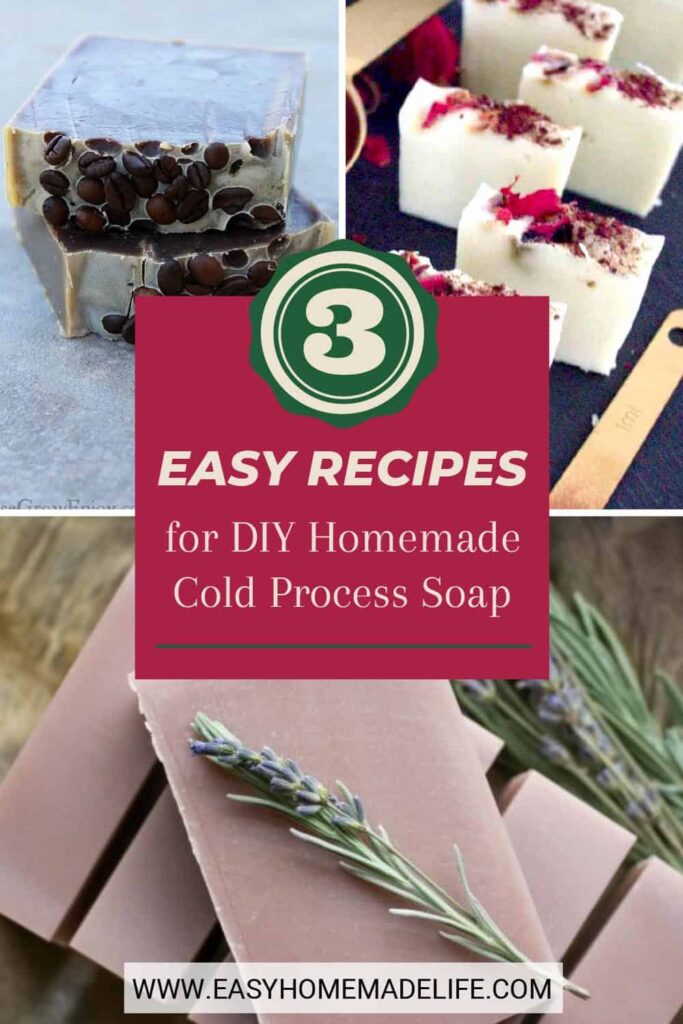
What Ingredients Do You Need for Cold Process Soap
Cold process soap is a specific soap-making technique that combines plant or animal fats with sodium hydroxide (lye). The combination produces a chemical reaction called saponification, which is how the fat transforms into soap and the lye becomes neutralized. (1, 2)
Basic ingredients for homemade cold process soap include:
- Plant or animal fat – olive oil, coconut oil, goat milk, lard, tallow, and others, in combination with other oils or as a single ingredient
- Lye
- Fragrance or essential oils – optional scents like lemon, lavender, rosemary, peppermint, and others
- Colorants – optional
- Add-ins – optional additions like clay, flower petals, coffee grounds, salt, and others. You can also use embossed rolling pins to press fun patterns into the surface of the soap before cutting.
To prevent you from feeling overwhelmed with this project, I picked out just three easy homemade cold processed soap recipes you can start with. Later on, you can try infusing your favorite essential oil blends for soapmaking depending on your mood!
Follow along, and you’ll learn the basic process and become comfortable with the safety procedures.
How to Make Cold Processed Soap at Home
There is a specific, although not difficult, process for making cold processed soap at home.
First, gather all your ingredients, equipment, and safety gear.
Second, weigh and measure the ingredients and have everything to mix ahead of time. A good kitchen scale is essential because all ingredients are measured by weight, not volume.
Third, always pour the lye into the water (never water into lye unless you want a volcano in your kitchen!).
Next, monitor the temperature of your ingredients and combine by blending until “trace.”
Then, pour the soap batter into the mold and cover and insulate.
Finally, unsold, slice, and leave to cure until done!
Homemade soap might sound intimidating, but it’s ACTUALLY easy to make!
If I can do it, you can too!
Easy DIY Cold Process Soap Recipes
By making DIY soap, you avoid potentially toxic and unnecessary ingredients from touching your skin. Instead, you can nourish your skin with all-natural oils and fats.
